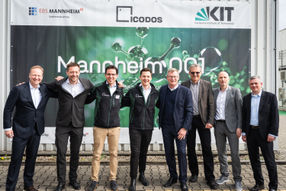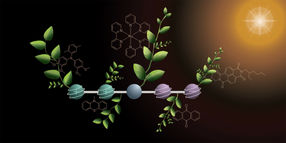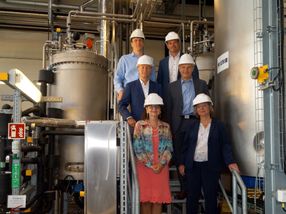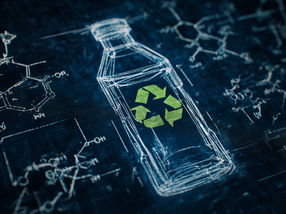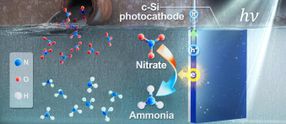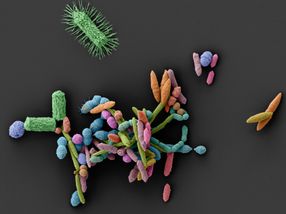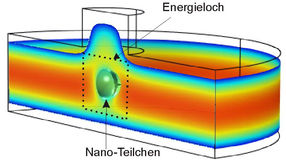Great Lakes Expands Elemental Bromine and Flame Retardant Derivative Production
Advertisement
Great Lakes Chemical Corporation announced it will add a new bromine supply well for the extraction of elemental bromine at the company's South Arkansas, USA facility and double the capacity of its polybrominated styrene (PBS) series of performance brominated flame retardants to meet strong industry demand. Expansion of both the elemental bromine and PBS flame retardants will be completed by the end of the first quarter 2005.
Most read news
Other news from the department manufacturing

Get the chemical industry in your inbox
By submitting this form you agree that LUMITOS AG will send you the newsletter(s) selected above by email. Your data will not be passed on to third parties. Your data will be stored and processed in accordance with our data protection regulations. LUMITOS may contact you by email for the purpose of advertising or market and opinion surveys. You can revoke your consent at any time without giving reasons to LUMITOS AG, Ernst-Augustin-Str. 2, 12489 Berlin, Germany or by e-mail at revoke@lumitos.com with effect for the future. In addition, each email contains a link to unsubscribe from the corresponding newsletter.
Most read news
More news from our other portals
Last viewed contents

LANXESS presents challenging fiscal 2013 - Realignment of Group started
Organic_chemistry
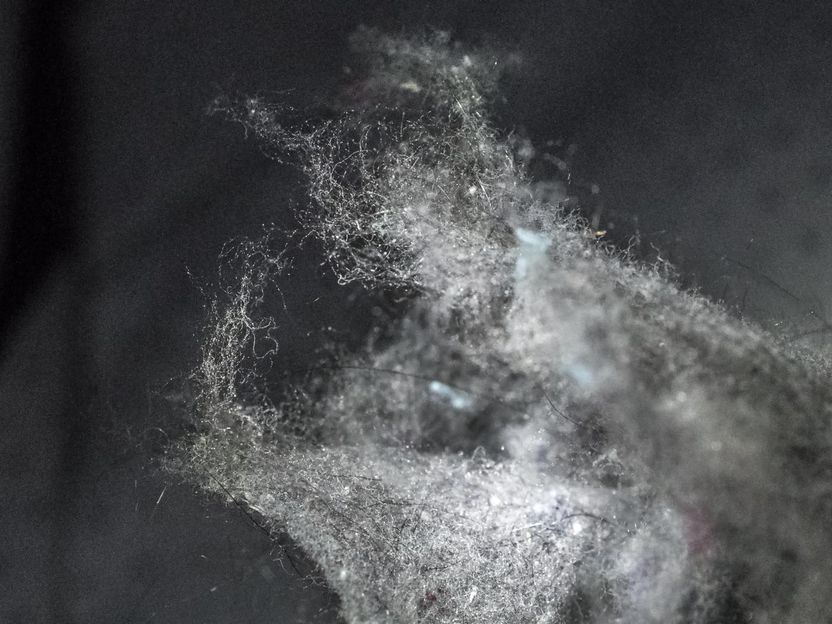
Tiny fibers create unseen plastic pollution
European chemical industry to take active role in EU Energy Action Plan - International commitment to emission reductions encouraged
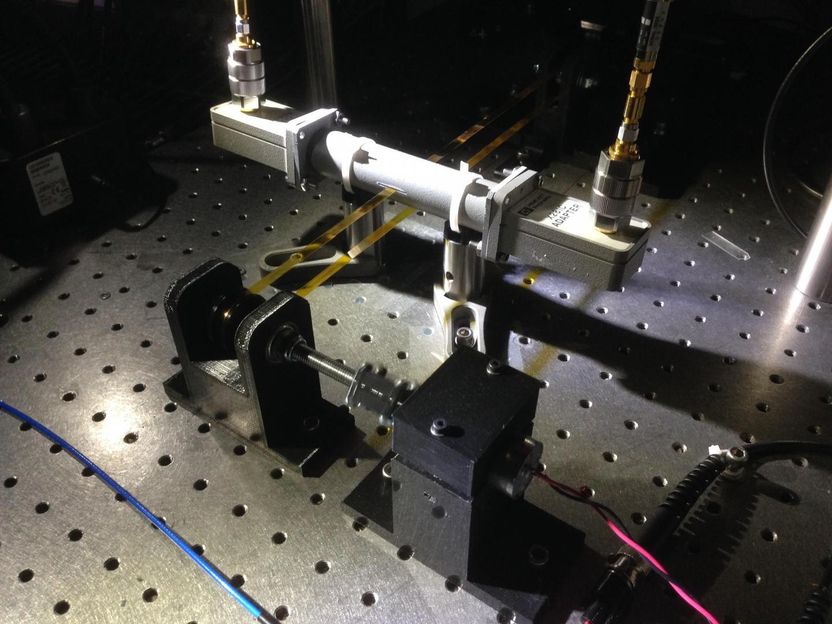
Fleet and fast - Test for nanomanufacturing quality control
Chemical hydrogen storage system

Sustainable raw materials for a green chemical industry - Launch of the BEFuel project: From exhaust gases and wastewater to e-fuels and high-quality chemicals
LyondellBasell Names Timothy D. Roberts as Senior Vice President, Olefins and Polyolefins - Americas
RSC calls on the government to “invest in excellence”
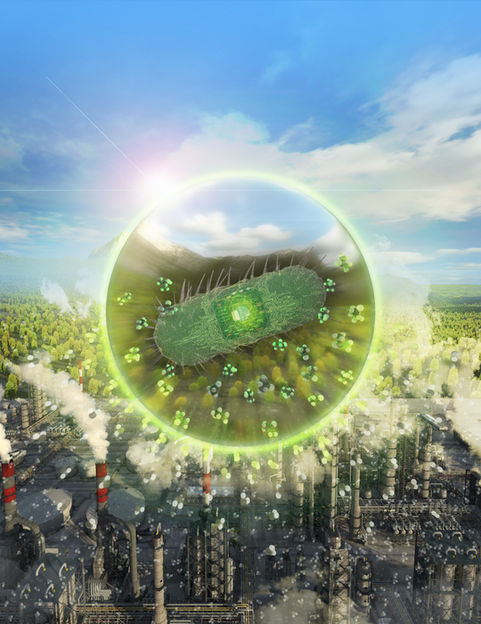
Bacteria upcycle carbon waste into valuable chemicals - Engineered bacteria convert captured carbon dioxide into chemicals for fuels, fabric and cosmetics




















